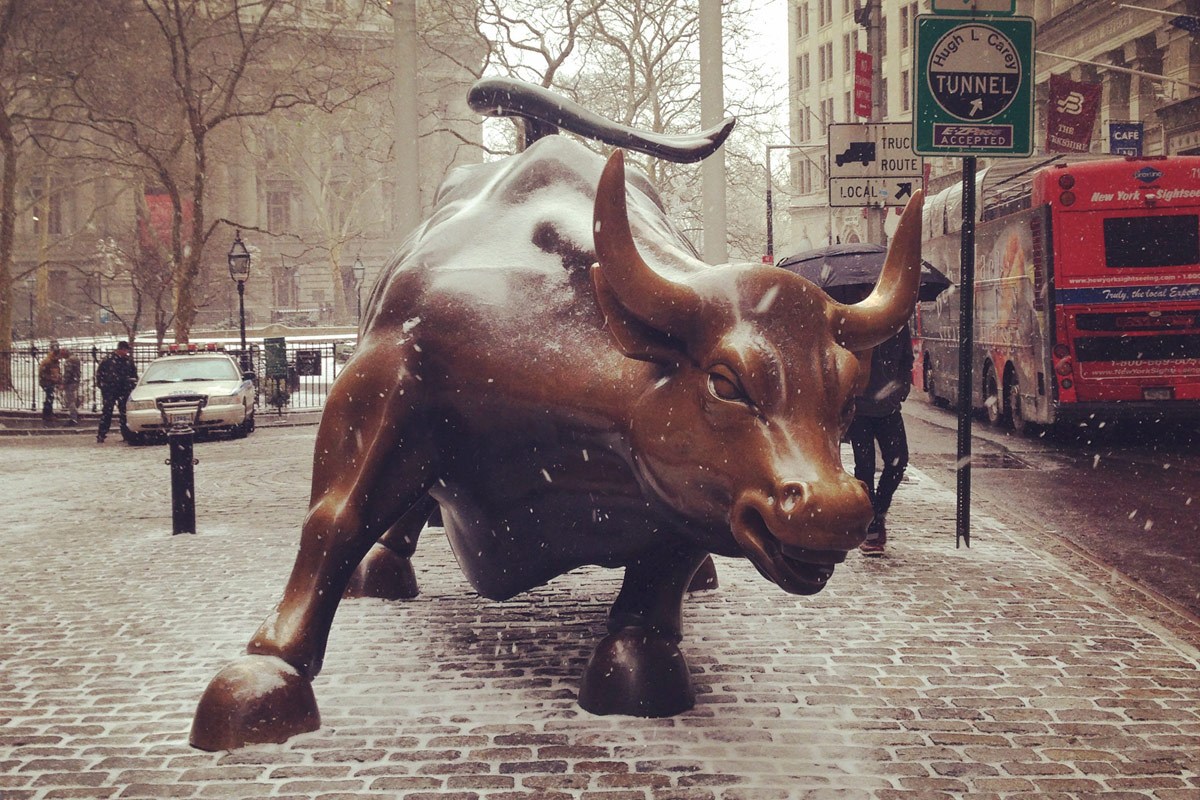
At the end of October, the S&P 500 was up 24.39% in the past 12 months. What investor wouldn’t want gains like that? As uplifting as that market advance was for many, some baby boomers missed out on it. They were simply too afraid to get back into stocks – they couldn’t dispense with their memories of 2008.
Would most boomers take a 4% return instead? Earlier this year, the multinational investment firm Allianz surveyed Americans with more than $200,000 in investable assets. Allianz found that for most of these people, protecting retirement savings was financial priority number one. Aversion to risk ran high: 76% of the respondents said that they would prefer an investment vehicle that offered a 4% return with no chance of loss of principal over an investment that offered an 8% return without principal protection.
In the equity markets, risk and reward are not easily divorced. They come together in an imperfect marriage, a problematic one – but it is one you may need to put up with these days if you are seeking decent yields. With interest rates so minimal, fixed-rate, risk-averse investing can put you at a disadvantage even against mild inflation. If you turn your back on equity investing right now, you could find yourself thwarting your retirement savings potential.
Psychology froze some boomers out of the Wall Street rebound. The awful stock market slide of 2008-09 left many midlife investors skittish about stocks. As Wall Street history goes, that was an extraordinary, aberrational stretch of market behavior. These events, and the fears that followed, may have scared certain investors away from stocks for years to come.
What price risk aversion? At the end of the third quarter, more than $8 trillion was sitting in U.S. money market accounts, doing basically nothing. It wasn’t being lost, but it sure wasn’t returning much. In the Allianz survey, 80% of baby boomers polled viewed the stock market as volatile; 38% said that volatility was prompting them to keep some or all of their cash on the sidelines.
While all that money isn’t being exposed to risk, it is also bringing investors meager rewards.
Consider the psychology of our society for a moment. Generation after generation is told to save and invest for future objectives, most prominently a comfortable retirement. That need, that purpose, is not going away. As long as that societal need is in place, people are likely predisposed to believe in the potential of equity investing. So there is a collective American psychology – as yet unshaken – that the stock market is a strong option for investing, making money, and building wealth. (The same unshaken assumption remains in the housing market, even after everything homeowners have been through.)
That powerful collective psychology has contributed to the longevity of bull markets – and it isn’t going away. We had the bulk of the federal government shut down for 16 days last month, and yet the S&P 500 gained 4.46% in October. After 10 months of 2013, the index was up 23.16% YTD – and this is a year that has brought fears of a conflagration in the Middle East, the threat of a U.S. credit rating downgrade and a “fiscal cliff,” sequester cuts, a banking crisis in Cyprus that scared the international financial community, and continued high unemployment. Stocks have vaulted past all of it.
Consider the view from this wide historical window: in the last 10 years, the S&P 500 has averaged better than a 7% annual return, even with its appalling 47% drop from October 2007 to March 2009. Since 1926, the S&P has a) had 23 years where it returned 10% or better, b) never gone negative over a 20-year period, and c) advanced 8 to 10% a year on average.
If you bought and held, congratulations. If you opted for tactical asset allocation during the downturn, facing that risk paid off. The point is: you stayed in the market. You didn’t cash out in late 2008 or early 2009 and decide to buy back at the top (as some bearish investors have recently done).
It isn’t time to throw caution to the wind. The Federal Reserve is not going to keep easing forever; QE3 will eventually end, perhaps early in 2014. When it does, Wall Street will react. The market may price it in, or we may see something worse happen. When you look at all the hurdles this bull market has overcome in the past few years, however, you have to think there is at least a bit more upside to come. Wall Street is optimistic and the performance of stocks certainly demonstrates that optimism, even as bearish thoughts persist.

About the Independent Financial Advisor
Robert Pagliarini, PhD, CFP® has helped clients across the United States manage, grow, and preserve their wealth for nearly three decades. His goal is to provide comprehensive financial, investment, and tax advice in a way that is honest and ethical. In addition, he is a CFP® Board Ambassador, one of only 50 in the country, and a fiduciary. In his spare time, he writes personal finance books. With decades of experience as a financial advisor, the media often calls on him for his expertise. Contact Robert today to learn more about his financial planning services.



